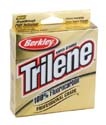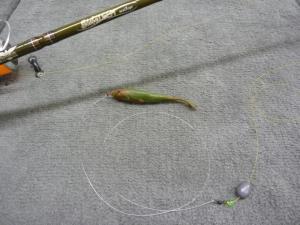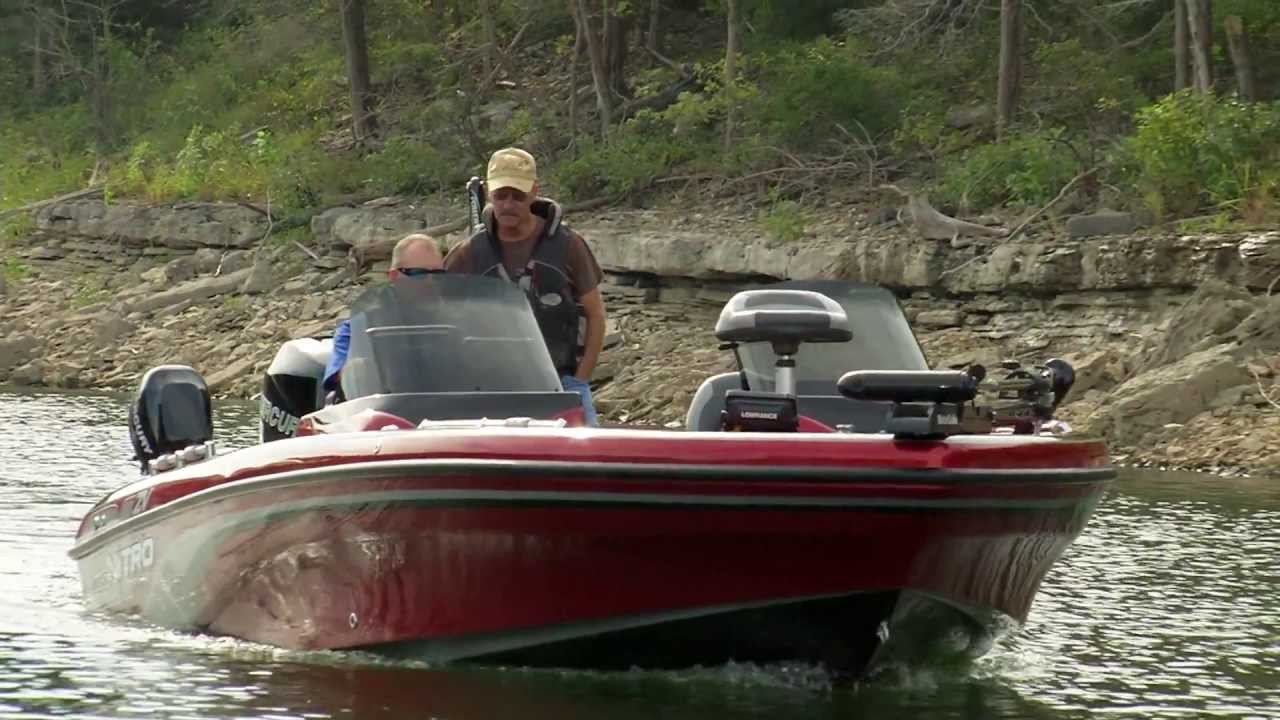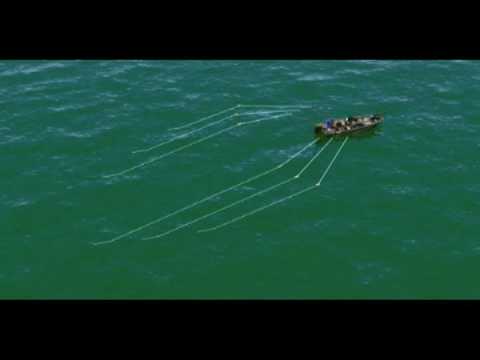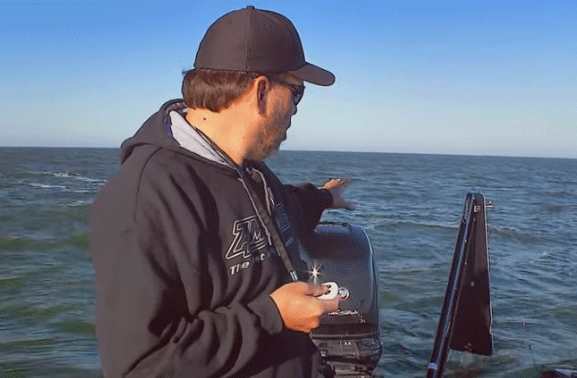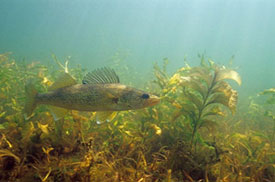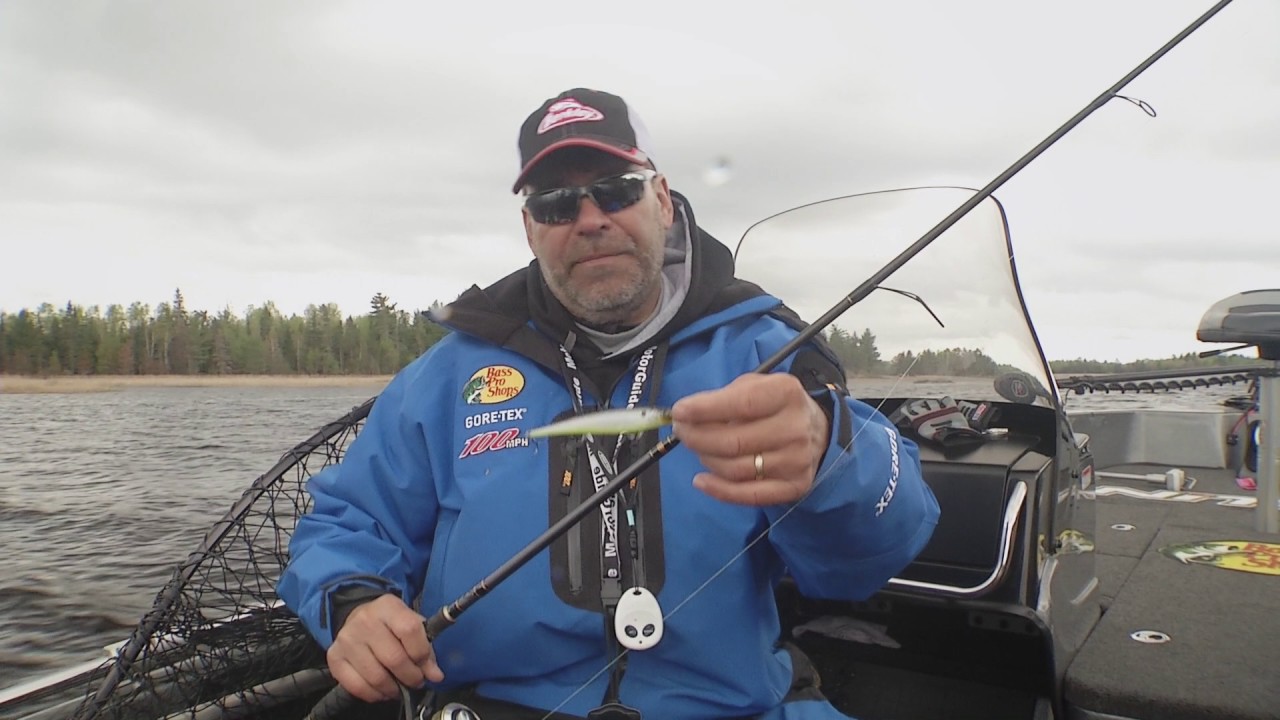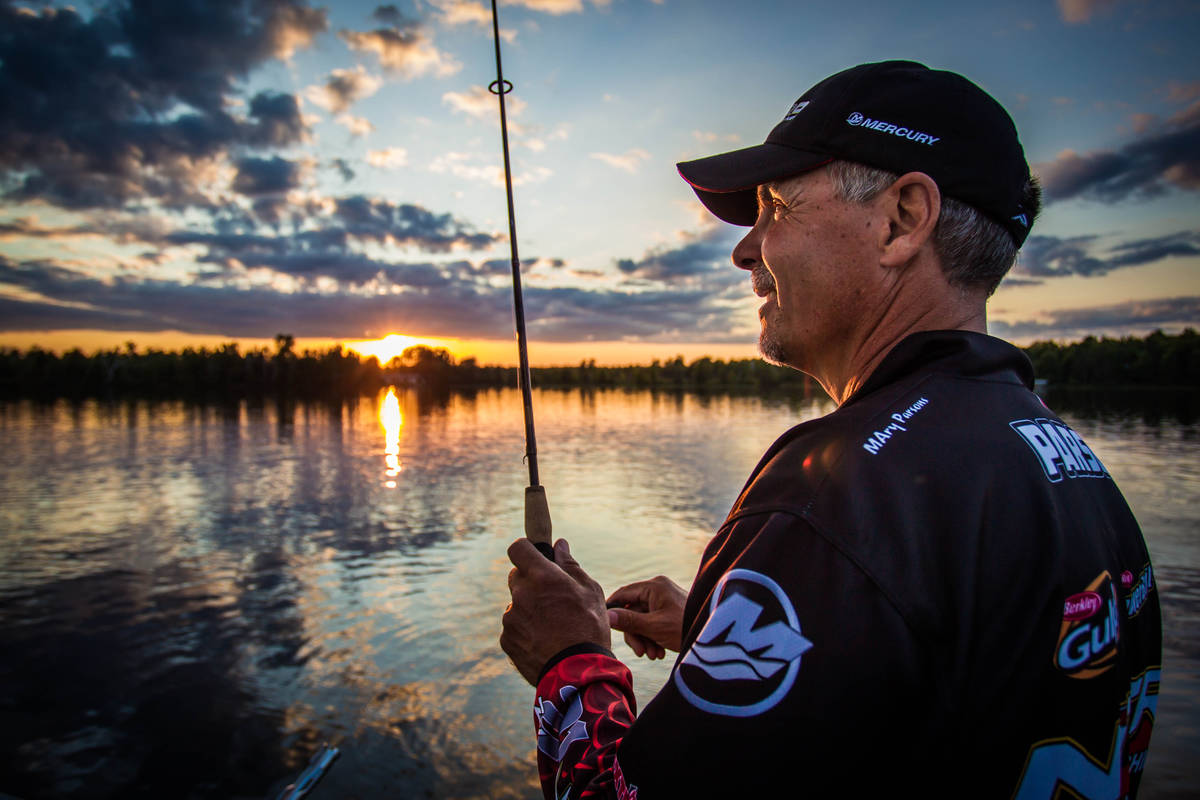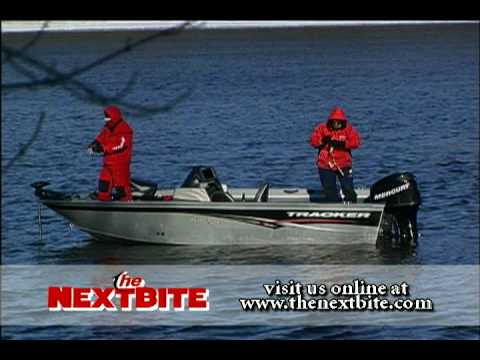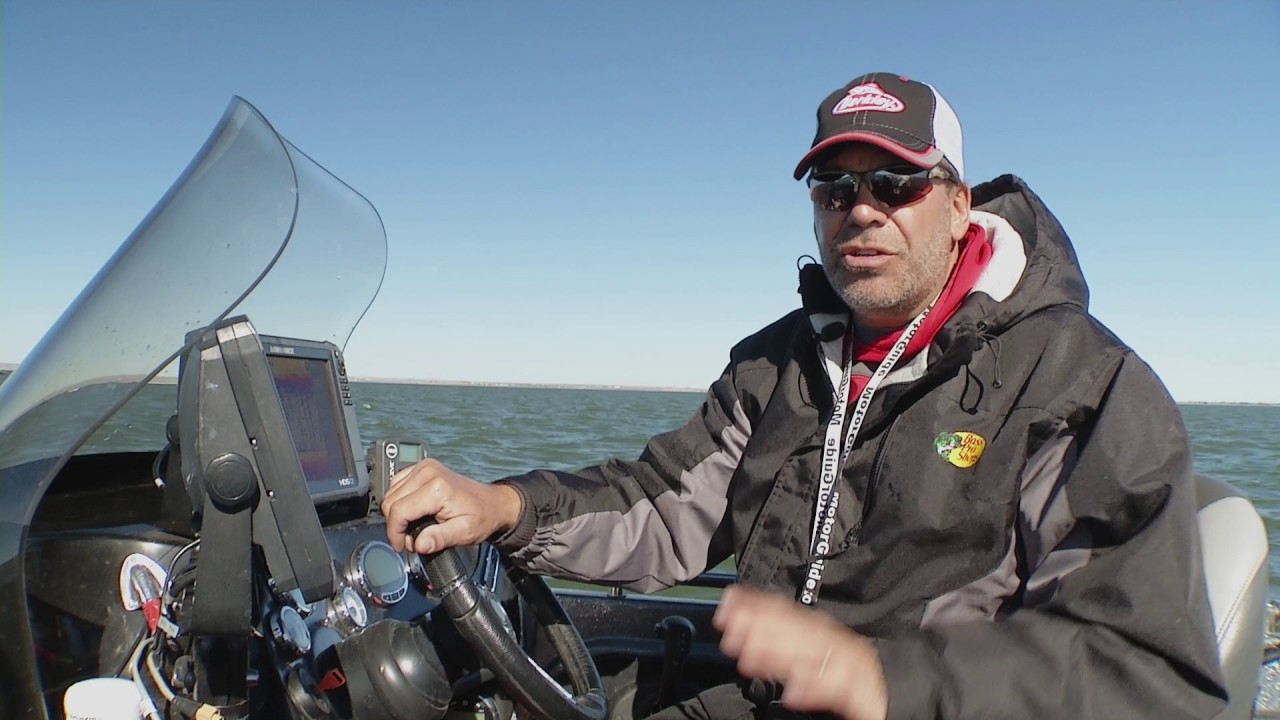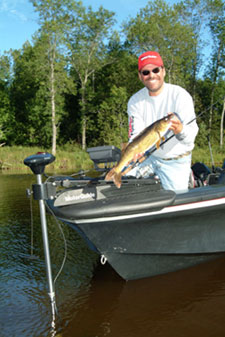
One of the things I love most about walleyes is that they are so adaptable, and therefore give you so many different ways to try and catch them. Throughout most of the summer months, one particular technique that can be deadly on a lot of lakes in the “walleye belt” is pitching the weeds for walleyes. I’m not talking “casting” here, although there are times when casting weed edges can be productive. What I’m talking about is getting right in to the “thick of it” and pulling out walleyes.
Many natural lakes and even some reservoirs offer a good walleye weed bite in the summer months. The extent to which walleyes utilize the weeds usually depends on two factors; what types of weeds are available, and whether there is a sufficient forage base utilizing the weed cover. Broad-leaf varieties of weeds, commonly refered to as cabbage by most anglers, are by far the most desireable weed type walleyes prefer. But don’t rule out such weed types as Coontail or even types of rushes or pencil grasses, as these can also hold walleyes where available.
The best part is, very few anglers ever key in on this particular pattern, so you can very often have it all to yourself.
Total Solutions Technique
Make short, accurate pitches to pockets and points in the weeds for best results. A small jig tipped with either live bait or an artificial tail will trigger plenty of bites. There’s no need to leave the bait in place very long … if a walleye is there, you’ll usually get bit right away. Covering water like this is a matter of making those short pitches to as When looking for the best weed walleye bite, concentrate on “patchy” weed beds rather than thick mats. The weeds should have good depth (typically 4 to 8 feet) with deeper water close by. Walleyes move up in to the weeds to forage, and a weed bed that’s broken up and has lots of pockets and points to it, give the walleyes the best environment for moving around and ambushing prey.
Make short, accurate pitches to pockets and points in the weeds for best results. A small jig tipped with either live bait or an artificial tail will trigger plenty of bites. There’s no need to leave the bait in place very long … if a walleye is there, you’ll usually get bit right away. Covering water like this is a matter of making those short pitches to as many pockets and points in the weeds as are available. If the weeds are in deeper water, you can even fish the pockets almost vertically, jigging your offering right over the side of the boat.Make short, accurate pitches to pockets and points in the weeds for best results. A small jig tipped with either live bait or an artificial tail will trigger plenty of bites. There’s no need to leave the bait in place very long … if a walleye is there, you’ll usually get bit right away. Covering water like this is a matter of making those short pitches to as When looking for the best weed walleye bite, concentrate on “patchy” weed beds rather than thick mats. The weeds should have good depth (typically 4 to 8 feet) with deeper water close by. Walleyes move up in to the weeds to forage, and a weed bed that’s broken up and has lots of pockets and points to it, give the walleyes the best environment for moving around and ambushing prey.
Make short, accurate pitches to pockets and points in the weeds for best results. A small jig tipped with either live bait or an artificial tail will trigger plenty of bites. There’s no need to leave the bait in place very long … if a walleye is there, you’ll usually get bit right away. Covering water like this is a matter of making those short pitches to as many pockets and points in the weeds as are available. If the weeds are in deeper water, you can even fish the pockets almost vertically, jigging your offering right over the side of the boat.
Total Solutions Equipment
When it comes to equipment for fishing weed walleyes, I like to keep things pretty simple. I recommend a medium action spinning rod in the 6 to 6 and a half foot range and a quality reel spooled with a strong 6 pound test line. In clear water I opt for Berkley’s Trilene 100% Flurocarbon, or if the water is a bit off colored or dingy I’ll use Berkley Sensation. For lures, a 1/16 ounce jig fits the bill for most my weed pitching, although I will go to a 1/8 ounce jig in deeper weeds so I can work a little faster and with better control. My favorite jig dressing is a GULP! Alive 2 ½ inch or 3 inch Minnow, but I have also done well using the GULP! Alive 5 inch Leech and GULP! Alive 6 inch Sand Worm (the back half of one of these). The scent and action of these GULP! artificials greatly add to the effectiveness and efficiency of the presentation.
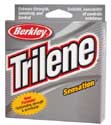
|
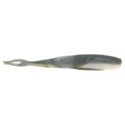
|
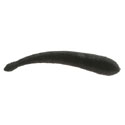 NEW Berkley® Gulp!® Alive!™ 5″ Jumbo Leech 16 oz.-Pint Bucket |

